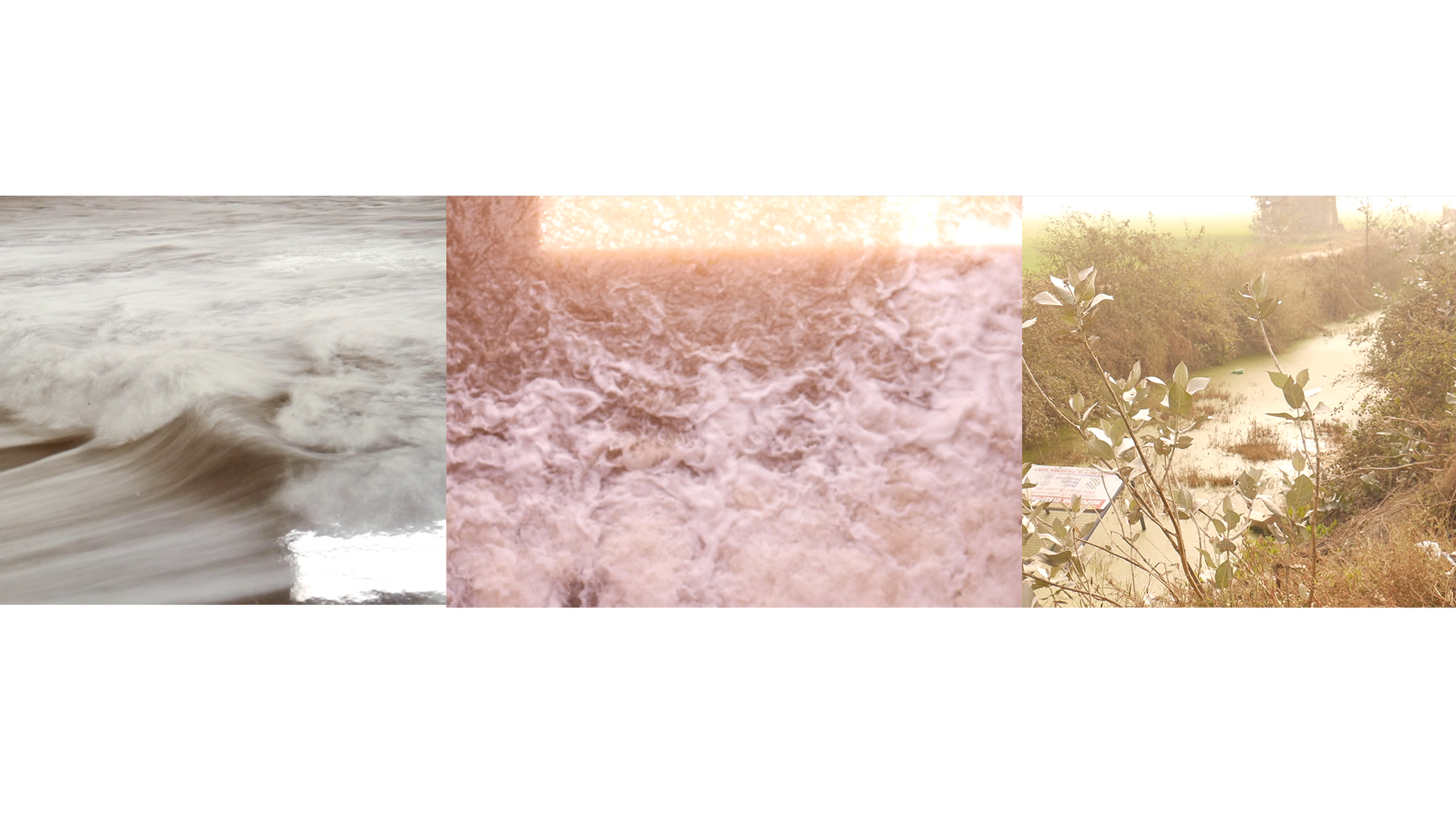RS5 - 5, 0, or 1,000 Rivers

About
The “5, 0, or 1000 Rivers” Research Studio at the MA Environmental Architecture Programme, Royal College of Art, has researched how control of rivers and the architectures that divert and distribute their waters was an essential element of the colonisation of India. In year 1, it has done so through an in-depth investigation of three essential moments in the spatial reorganisation of the rivers in Punjab, a state in Northwest India: 1) the implementation of modernised concrete-lined canal system during the British Raj 2) the industrialisation of agricultural production and mechanised water distribution during the Green Revolution, and 3) present-day conflicts for water and life in districts of Punjab where water levels have retreated hundreds of metres into aquifers, canal water is passing by, and the remaining water is saturated with heavy metals and industrial effluents.
Following tutors’ research visits to Punjab, and conversations with stakeholders intimate with the longue-durée of these environmental conflicts, RS5 began a rigorous and extended engagement with the environmental architectures (both industrial and ecological) that subtended the Zira Factory Morcha (strike/protest) at the Malbros Ethanol Plant in Zira, Punjab. This point of entry challenged the studio to think through what it might mean to learn to learn about both research and architecture within the fluid and dynamic terrain of an environmental situation that challenged its pre-existing understandings of what design might entail, and what it is possible to do. It also required students and tutors alike to reflect consistently on their positionalities and what kinds of research practices are just and ethical.
RS5’s name derives from the very meaning of Punjab, which translates to “Land of Five Rivers,” while gesturing towards the ecological imaginaries that envision a future without water (0) or a future in which many waters can exist and proliferate (1000).
Image: Flume and Turbulent Flow Upper Chenab Canal, 1927, Harike Headworks, 2023, and Zira Drainage Ditch, 2023. Archival Image: Royal Geographic Society. Composition: Avi Varma.